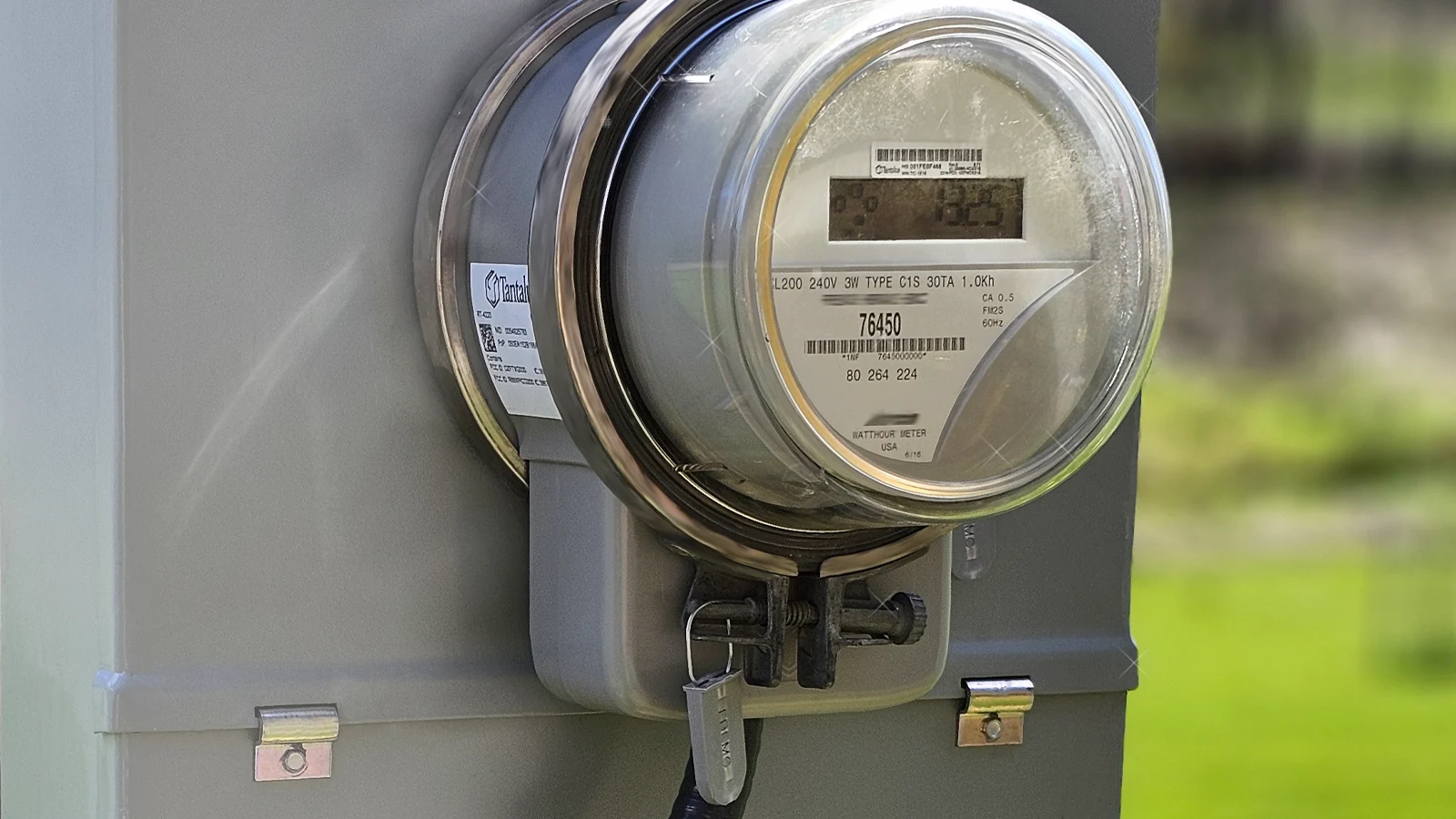By Pete Londa
CEO, Tantalus
Since the COVID-19 pandemic struck in 2020, global supply chains have experienced multiple shocks. Renewed outbreaks in 2021 and 2022 have shut down major manufacturing centers, the ongoing conflict in Ukraine has restricted the availability of oil and grain to world markets, and multiple industry sectors have suffered major disruptions—and the utilities that provide our nation’s power are no exception.
So far in 2022, the following stresses to supply chains are directly affecting utilities:
- Energy storage—Spot prices for battery-grade lithium in China increased from $11,000 per metric ton in 2021 to more than $50,000 in February.
- Unloading delays—From Dec 2021 to Feb 2022, container ships have remained at American ports for seven days on average, an increase of 4 percent compared with all of 2021 and 21 percent higher than at the start of the pandemic, according to FourKites.
- Raw materials—Prices are expected to increase up to 53% by 2025.
- Transformer materials disruption—Stakeholders in large power transformer supply chains cited multiple examples of lead times increasing up to more than two years. This includes time frames almost tripling for various types of steel, and a 6-week increase for tap changers. A Feb 2022 report from the U.S. Dept of Energy identified grain-oriented electrical steel, large power transformers, and bushings as the most at-risk components of the electric grid from supply chain disruption.
Some utility groups are taking steps to address the shortages on an industry level. The Electricity Subsector Coordinating Council created a Tiger Team in June to collaborate with the federal government and power industry leaders. The Tennessee Valley Public Power Association (TVPPA) developed a messaging toolkit for its member utilities, enabling discussions around supply chain disruptions with their communities, particularly as they relate to transformers. The goal of these efforts is to find solutions and manage expectations with the ongoing supply chain and logistics challenges—challenges that are limiting economic development in communities.
Even with the help of industry groups and governments, the current situation impacting the supply chain for utilities hampers efforts to meet communities’ increasing expectations to access reliable and affordable power. Extreme weather, the rising pace of mandated decarbonization, and the rate of electric vehicle (EV) adoption are all pressuring utilities to upgrade now. But even with the impetus of federal spending, a utility cannot upgrade existing equipment—such as transformers—to prepare for these factors when supply chain constraints generate crippling lead times. During this constrained time, utilities will have to do more with less. Utilities will have to extend the life of their equipment, especially transformers, which are often the cause of power outages and accidental fires. Utilities will be required to make investments in smart grid solutions that provide the necessary visibility, command and control of their distribution grids.
The visibility comes from accessing granular data associated with the consumption of electricity and the quality of the power delivered to each endpoint. This “data of power” enables utilities to leverage software applications and artificial intelligence to pinpoint problems from the merest flicker in the grid. Data analytics can identify faulty equipment, allowing it to be replaced or protected through modified system planning before an entire substation goes down. Data can also be analyzed to recommend where vegetation needs to be managed, reducing the risk of catastrophic wildfires even further than the replacement of faulty equipment.
Command and control of the grid comes from the coordination of connected devices through a digital network—proactively managing the supply and demand of electricity across the distribution grid. By digitizing the grid with connected devices, such as smart meters, load control switches and distribution automation sensors, utilities are empowered to reduce the need for manpower-heavy field work and ensure that power is maintained at levels that do not degrade transformer equipment at an unsustainable pace. Connected devices can also enable utilities to onboard and integrate EVs and other distributed energy resources (DERs). When paired with distribution automation capabilities, these solutions help utilities extend the performance and lifespan of every facet of the distribution grid, helping to alleviate the extended lead times of mission-critical equipment.
By leveraging the data of power—and the analysis of that data —the nation’s utilities can extend the life of their equipment and keep their communities safe. And they can do this despite the continued resource and manpower constraints due to economic forces beyond their control.
Click here to learn more about how Tantalus is helping utilities everywhere prepare for and mitigate supply chain disruptions with data-driven smart grid solutions that empower them to do more with less.






